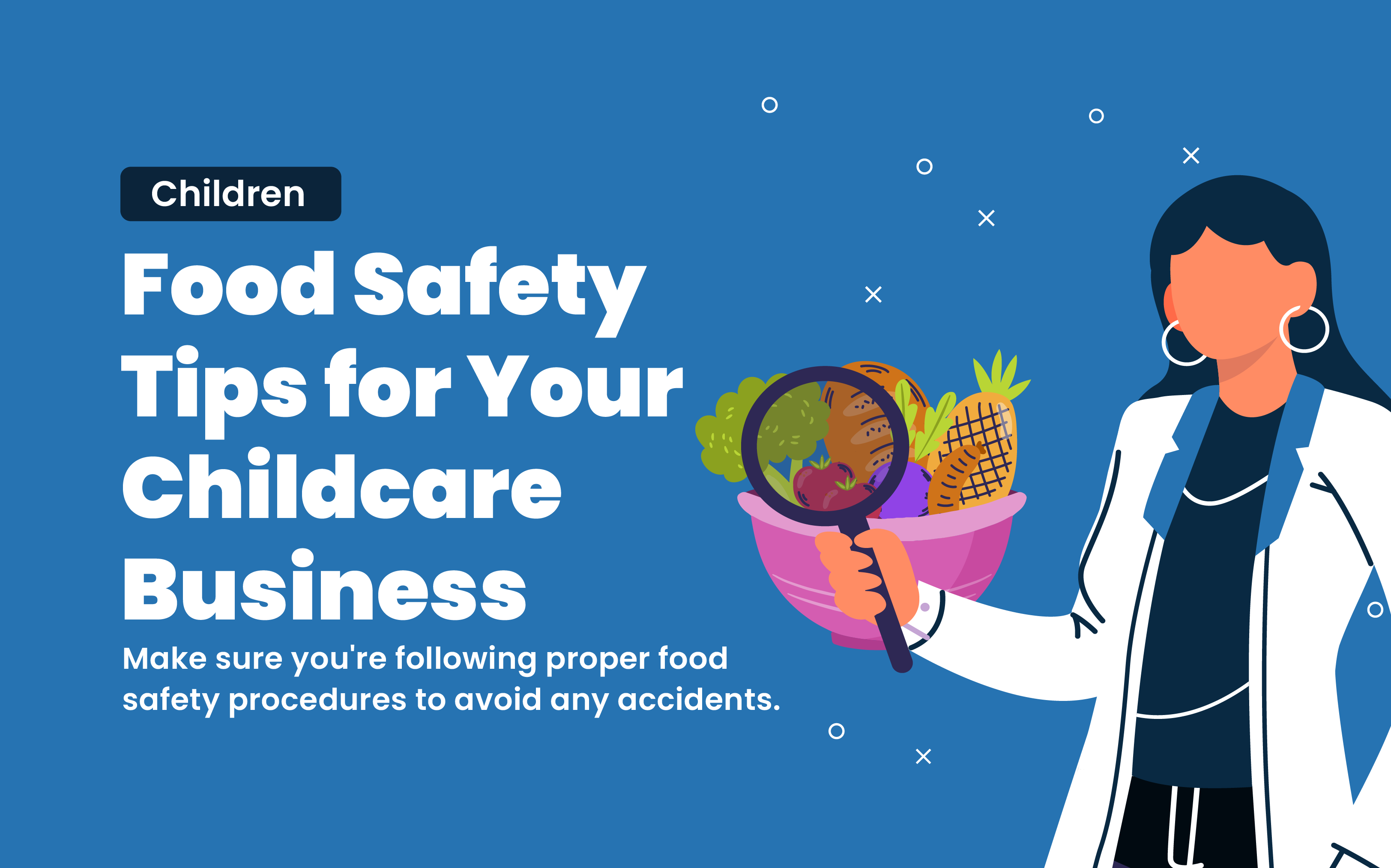Food safety is essential in any childcare setting. When hungry children are waiting to be fed, you can’t risk serving them anything that might make them sick. That’s why it’s so important to know how to handle and store food properly. This article covers food safety guidelines for childcare programs.
There are four main areas of food safety to keep in mind in any childcare setting:
1. Food Storage
2. Food Preparation
3. Cooking and Serving
4. Cleaning Up
1. Food Storage
- All food must be stored properly to prevent spoilage and contamination.
- Refrigerated items should be kept between 32 degrees – 40 degrees F. Hot foods should be kept at 140°F or above.
- Any food that will not be eaten within 24 hours should be frozen. Keep freezer temperature at 0 degrees F or less.
2. Food Preparation
- Wash your hands thoroughly before handling food, and make sure all surfaces are clean.
- Don’t forget to wash and sanitize cutting boards and utensils before using and after each use.
- Don’t use the same cutting board for raw meat and vegetables.
- All fruits and vegetables should be washed before they are served.
- Cooked meat should be kept separate from raw meat to prevent cross-contamination.
3. Cooking and Serving
Food should be cooked to the proper temperature, and all utensils and surfaces should be clean before serving.
Food temperature:
- Steaks and roasts: beef, veal, and lamb – 145 degrees F
- Ground pork, beef, veal, and lamb – 160 degrees F
- Whole poultry – 165 degrees F
- Finfish – 145 degrees F or until the flesh is opaque and separates easily with a fork
- Serve food promptly. Bacteria can start to grow on food that’s been sitting out for more than two hours.
- Keep hot food hot and cold food cold. Use chafing dishes, slow cookers, and ice chests to keep food at the proper temperature.
- Refrigerate perishable food within two hours. This will help to keep bacteria from growing.
4. Cleaning Up
- After every meal, the kitchen should be cleaned thoroughly to prevent contamination.
- All surfaces should be washed, and all utensils should be sanitized.
Communication Toolkit
References:
Top 10 Kitchen Safety Do’s and Don’ts
Food Safety Guidelines for Child Care Programs
